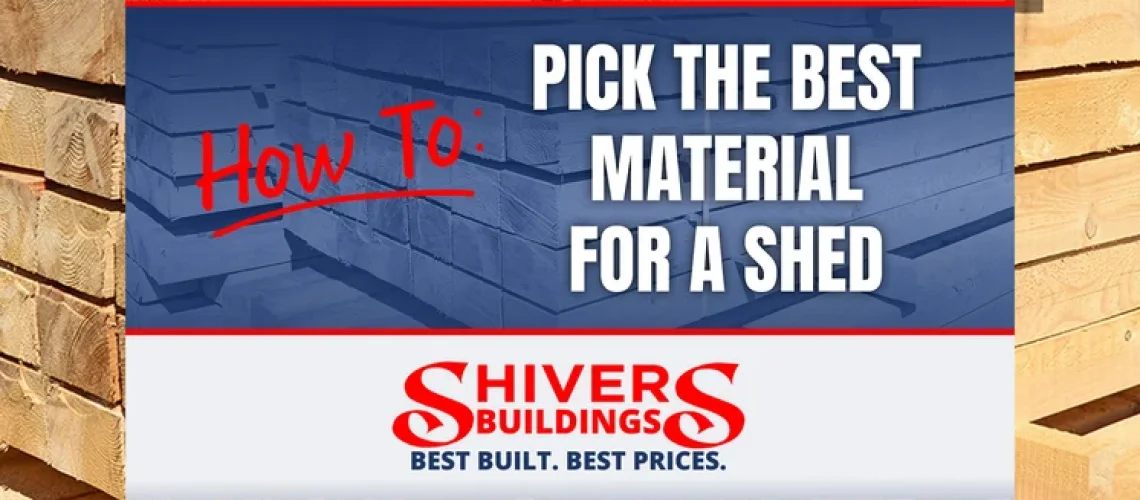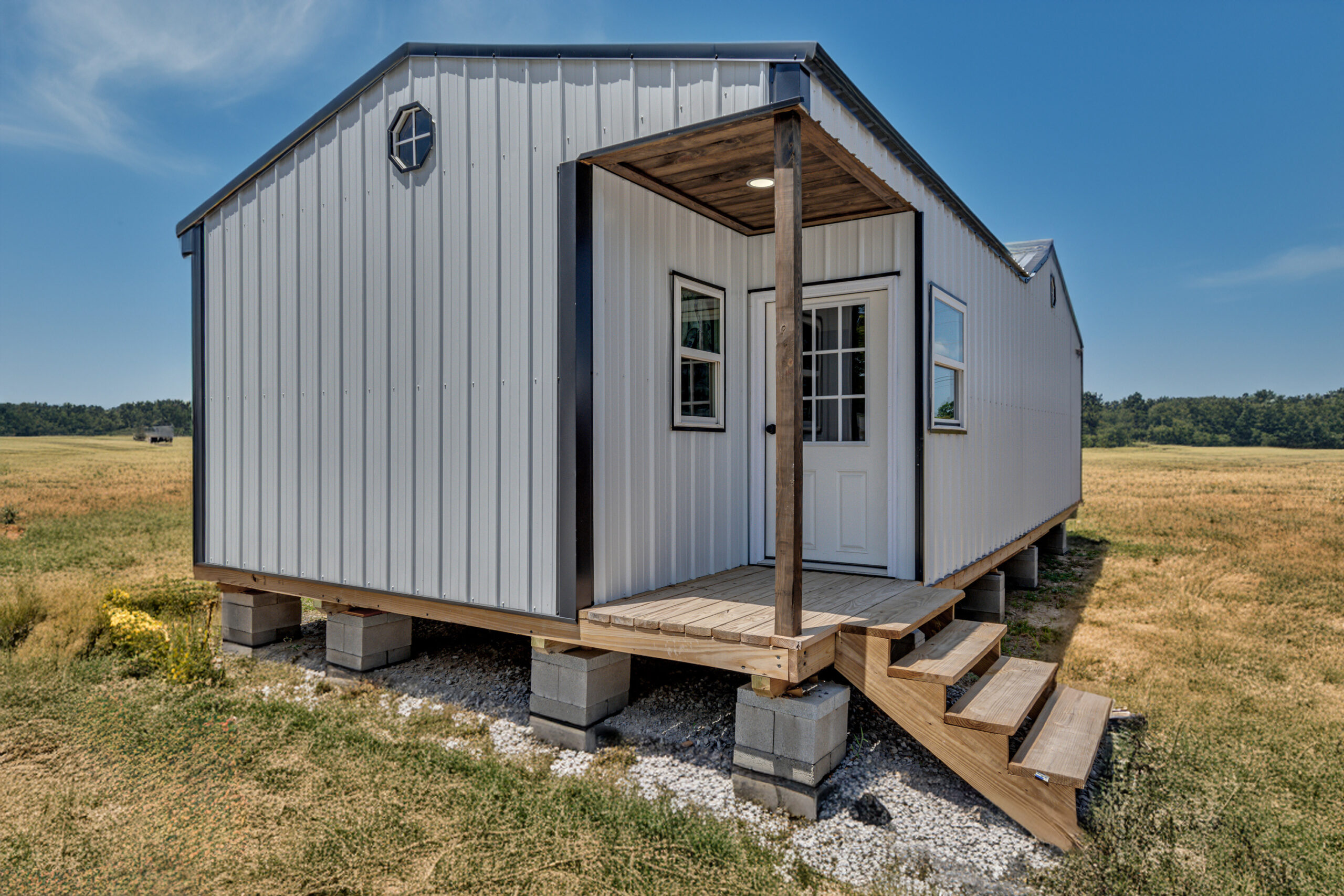If you’ve ever daydreamed about the perfect backyard retreat, or perhaps you’re in dire need of reclaiming your garage from the storage that’s been taking up space for years, you’re in the right place. Choosing the right material for your shed is not just about construction; it’s about creating a space that suits your needs and weathers the storms — both literally and figuratively. In this guide, we’ll help you find the right shed material based on your needs, preferences, and the climate conditions where you live.
Factors to Consider When Choosing Shed Materials
- Climate and weather conditions: Your local weather can have a significant impact on the longevity of your shed. Consider the climate in your area, including the frequency of rain, snow, extreme temperatures, and humidity. Different materials respond differently to these conditions, so it’s essential to choose one that can withstand the elements.
- Durability and longevity: Nobody wants a shed that starts falling apart after a few years, so the durability of various materials is important to consider.
- Maintenance requirements: Who wants to spend their weekends maintaining a shed? Not us. Before purchasing a shed, think about the maintenance needs for each material, from the low-maintenance wonders to those that demand a bit more attention. Your time is valuable and we want to help you make the most of it.
- Cost: While we all have budget considerations, it’s crucial to look beyond the initial price tag. Consider the long-term cost-effectiveness of different shed materials, factoring in maintenance and potential replacement costs. Your investment should pay off in the long run.
Wood: A Natural Choice
Pros: Wooden sheds are timeless and add a touch of natural beauty to any outdoor space. Not only that, but wood can be easily customized to match your home or garden aesthetic and is also extremely versatile, making it easier to add features like windows, shelves, and lofts. It’s a fantastic option if you plan to use your shed as a workshop or hobby space. Additionally, a shed made of wood is naturally insulated, which is helpful in locations with extreme temperatures.
Cons: Wooden sheds require regular maintenance, including painting or staining, to protect against the elements, which can be time-consuming and may increase the long-term cost.
Wood is also susceptible to pests like termites and can rot over time if not properly treated and maintained. While wood can withstand various weather conditions, it may not be as durable as metal or plastic in extreme climates with frequent rain, snow, or high humidity.
Metal: A Sturdy Contender
Pros: Metal sheds are known for their durability and resilience, as they can withstand harsh weather conditions, including heavy rain, snow, and high winds. Metal sheds require minimal maintenance compared to wood and are resistant to pests, do not rot, and often only need occasional cleaning to maintain their appearance. Metal is naturally fire-resistant, providing an added layer of safety to your belongings. Additionally, metal sheds often have a competitive initial cost, making them a budget-friendly option for those looking for a sturdy and reliable storage solution.
Cons: On the other hand, metal sheds can experience condensation inside, especially in areas with extreme temperature variations, so there may be a need for additional ventilation or insulation. While metal is durable, it can rust over time, particularly if the shed is scratched or dented, which means regular maintenance, such as applying rust-resistant coatings, may be necessary. Metal sheds may also have limited customization options compared to wood, so adding windows, shelves, or other features can be more challenging.
Plastic (Resin): A Modern Solution
Pros: Plastic sheds, often made from durable resin, require minimal maintenance. They excel in weather resistance and are resistant to rot, pests, and corrosion, which means they’re hassle-free in the long-term. Plastic sheds also hold up nicely against rain, snow, and humidity, making them an ideal choice for various climates. Plastic sheds are typically lightweight, so they’re easier to move than wood or metal and can be assembled easier, which can be advantageous for DIY enthusiasts or those looking for a portable storage solution. Plastic sheds often have a lower initial cost, making them an attractive option for budget-conscious buyers.
Cons: Plastic sheds may lack the natural aesthetic appeal of wood and the industrial look of metal, often having a more utilitarian appearance. While durable, plastic sheds may not be as structurally robust as metal or wood and they can be susceptible to damage from heavy impacts or extreme temperatures. Plastic sheds may offer limited customization options compared to wood and adding features like windows or shelves can be more challenging.
By considering climate, durability, maintenance, cost, and aesthetics, you’re well on your way to finding the perfect fit for your space. We hope this guide has shed (no pun intended!) some light on the options available, helping you make a decision that brings you years of convenience and organization.


